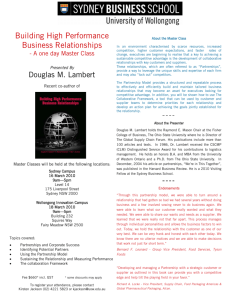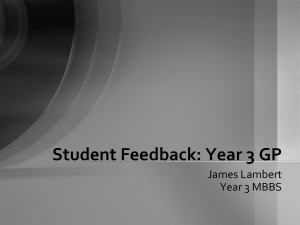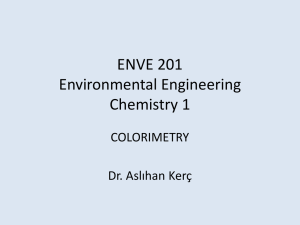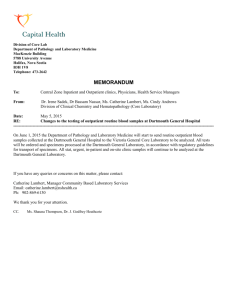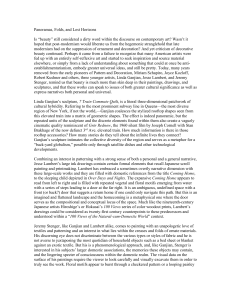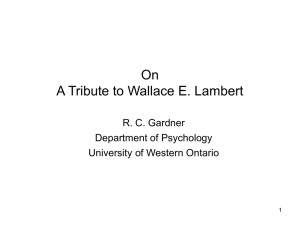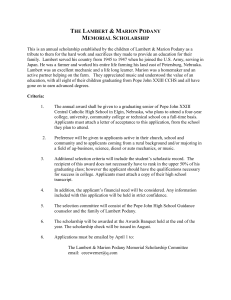October 16, 2002 From: Officer in Charge, NRLFSD Subj: TRIP
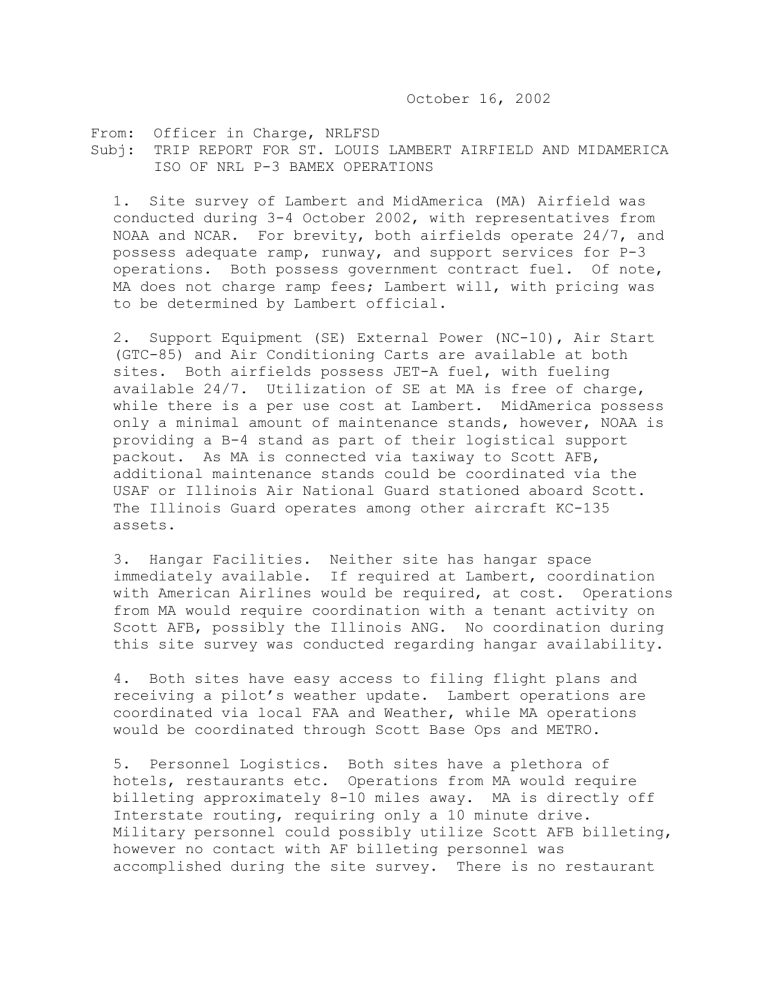
From: Officer in Charge, NRLFSD
October 16, 2002
Subj: TRIP REPORT FOR ST. LOUIS LAMBERT AIRFIELD AND MIDAMERICA
ISO OF NRL P-3 BAMEX OPERATIONS
1. Site survey of Lambert and MidAmerica (MA) Airfield was conducted during 3-4 October 2002, with representatives from
NOAA and NCAR. For brevity, both airfields operate 24/7, and possess adequate ramp, runway, and support services for P-3 operations. Both possess government contract fuel. Of note,
MA does not charge ramp fees; Lambert will, with pricing was to be determined by Lambert official.
2. Support Equipment (SE) External Power (NC-10), Air Start
(GTC-85) and Air Conditioning Carts are available at both sites. Both airfields possess JET-A fuel, with fueling available 24/7. Utilization of SE at MA is free of charge, while there is a per use cost at Lambert. MidAmerica possess only a minimal amount of maintenance stands, however, NOAA is providing a B-4 stand as part of their logistical support packout. As MA is connected via taxiway to Scott AFB, additional maintenance stands could be coordinated via the
USAF or Illinois Air National Guard stationed aboard Scott.
The Illinois Guard operates among other aircraft KC-135 assets.
3. Hangar Facilities. Neither site has hangar space immediately available. If required at Lambert, coordination with American Airlines would be required, at cost. Operations from MA would require coordination with a tenant activity on
Scott AFB, possibly the Illinois ANG. No coordination during this site survey was conducted regarding hangar availability.
4. Both sites have easy access to filing flight plans and receiving a pilot’s weather update. Lambert operations are coordinated via local FAA and Weather, while MA operations would be coordinated through Scott Base Ops and METRO.
5. Personnel Logistics. Both sites have a plethora of hotels, restaurants etc. Operations from MA would require billeting approximately 8-10 miles away. MA is directly off
Interstate routing, requiring only a 10 minute drive.
Military personnel could possibly utilize Scott AFB billeting, however no contact with AF billeting personnel was accomplished during the site survey. There is no restaurant
facilities onboard MA, however there are several eating establishments in close proximity, including Scott AFB clubs.
6. Ramp/Space Access. Both sites require all NRL personnel to either possess or be escorted by an individual in possession of a ramp pass. Ramp passes at Lambert require approximately 2 weeks of leadtime. It is unclear whether a
U.S. military security clearance would suffice for issuance of a ramp pass. MA requires only 1 day. With a ramp pass in possession at either site, vehicular access is permitted at both, IAT personnel access. Individuals not in possession of a facilities pass would have to be escorted at all times per
FAA reqs. Both sites possess plenty of secured space for parts packout/toolboxes etc. Space would have to be leased at both sites, however MA would unquestionably provide a better rate, with more space. MA possesses significant IT connection capability through its spaces, including those used for maintenance support.
7. Airfield operations. Unquestionably, the most important factor. Lambert Field executes hundreds of flights per day, with push times in the early morning, noon and again in the evening. According to Lambert Tower Quality Assurance
Controllers, can expect 75-150 departures/arrivals during the hours of 1700-1930. These times represent primary departure windows for BAMEX events. Protocol is for aircraft to start engines and wait in line. First to hold short, first to depart. IF the ATC system becomes affected by weather or traffic volume considerations, slot times will be assigned for each aircraft requesting departure. It needs to be understood that weather on the east coast can result in slot times being assigned, as ATC system traffic is delayed. Additionally,
BAMEX events will be flown to research storm phenomena, thus the possibility of departing when slot times are in affect is greatly increased. Slot times are assigned when the flight plan is filed. If BAMEX scientists delay the event, a new slot must be obtained. Slot time delays could add significant time onto a BAMEX departure. Additionally, with ATC delays, all air traffic departing Lambert would be routed via SIDs, enroute to a departure point IOT coordinate flow control. As such, BAMEX event could expect to incur additional delays in arriving to ONSTA, if the departure flow was in a different direction than the desired ONSTA area.
For example, if flow control due to weather was dictating easterly departures for a storm system that was of interest west of Lambert, it could take considerable time to fly the required SID to the departure point, until the aircraft could
turn west and proceed to onstation. This in addition to any slot time delays incurred.
MA operations are wide open, and thus do not require slot times or SIDs. Clearly any BAMEX event would have to work with ATC to proceed to ONSTA from either site. Response tome for a BAMEX event would be significantly faster working from
MA.
9. Summary/Recommendations. Both sites are adequate for
BAMEX P-3 operations, however MA is the airfield of choice for
NRL P-3 operations. IAT lower costs, the ability to launch to
ONSTA upon notification is significantly greater, as there exists extremely light traffic at this facility.
Additionally, Scott AFB provides NRL with access to military facilities if required, specifically billeting, hangar, and other logistical support. MA possesses plenty of ramp and storage space to support maintenance requirements. NCAR and
NOAA personnel concur with ease of operations. Final decision rests with NSF/NCAR as to whether MA can support the weather forecasting and scientific support requirements. Final decision to be made in the next month.
